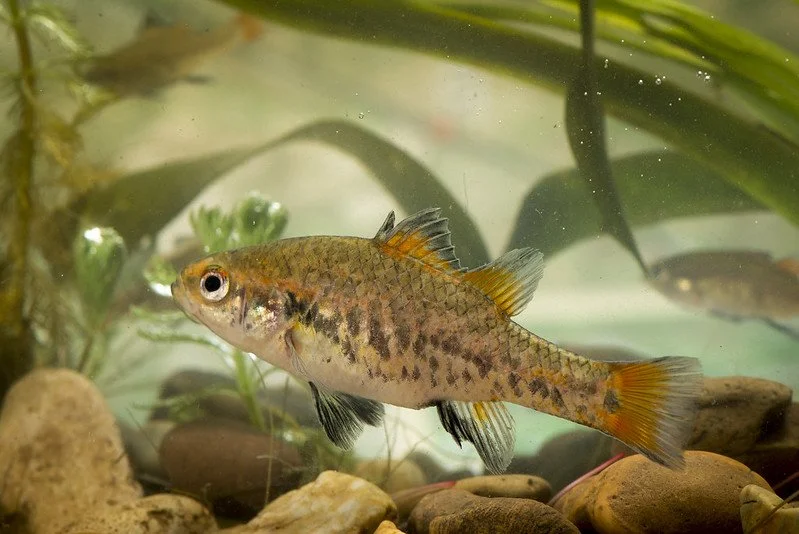Wildlife in Wetlands
Wetlands are lifelines for Australian wildlife. From coastal mangroves to inland billabongs, these rich and diverse habitats support an incredible variety of species — many of them found nowhere else on Earth.
But as wetlands disappear or degrade due to land clearing, drainage, climate change and pollution, the wildlife that depend on them are pushed closer to extinction. Across Australia, frogs, birds, mammals and reptiles rely on healthy wetlands to breed, shelter, feed and migrate.
Here are just some of the threatened and endangered species that need wetlands to survive:
Growling Grass Frog (Litoria raniformis)
Once common across south-eastern Australia, this large green and brown frog is now endangered. It relies on still, warm wetlands with open water for breeding and hunting insects.
Australasian Bittern (Botaurus poiciloptilus)
This secretive, critically endangered wetland bird is often heard rather than seen. It depends on dense reed beds in freshwater wetlands for nesting and hunting fish and frogs.
Murray River Turtle (Emydura macquarii)
Found along rivers and billabongs in eastern Australia, this freshwater turtle faces threats from habitat loss, invasive predators, and changes to water flows.
Wallum Sedge Frog (Litoria olongburensis)
Native to the coastal wetlands of Queensland and NSW, this tiny green frog is highly vulnerable to acidification, drainage and land clearing of wallum swamps.
Southern Myotis (Fishing Bat) (Myotis macropus)
This small native bat hunts insects and small fish by skimming over open wetland water. It requires clean waterways and streamside vegetation for roosting and feeding.
Southern Bell Frog (Litoria raniformis)
Closely related to the Growling Grass Frog, this threatened species also relies on ephemeral wetlands and floodplains and is sensitive to poor water quality and wetland drying.
Magpie Goose (Anseranas semipalmata)
A culturally significant species for many First Nations communities, Magpie Geese breed in tropical wetlands, feeding on aquatic plants and grasses.
Southern Pygmy Perch (Nannoperca australis)
This small native fish lives in vegetated wetlands, creeks and billabongs. It’s vulnerable to habitat loss and competition from introduced fish like gambusia.
Latham’s Snipe (Gallinago hardwickii)
This migratory bird breeds in Japan and Russia but overwinters in Australian wetlands. It depends on shallow freshwater areas with dense vegetation to rest and feed.
Western Swamp Tortoise (Pseudemydura umbrina)
One of Australia's most endangered reptiles, this tiny tortoise is found only in a few wetlands in WA. It needs seasonal swamps with long drying periods to survive.
Milden’s Water Snake (Helicops mildbraedii)
Rare and little-known, this snake is dependent on wetland systems for food and shelter. Like many aquatic reptiles, it is sensitive to pollution and disturbance.
Orange-bellied Parrot (Neophema chrysogaster)
Critically endangered and famously rare, this parrot breeds in Tasmania and migrates to coastal saltmarsh wetlands in Victoria and South Australia for winter.
Purple-spotted Gudgeon (Mogurnda adspersa)
A colourful native fish once common in inland wetlands and creeks, it is now vulnerable due to habitat loss and water regulation in floodplain systems.
Plains-wanderer (Pedionomus torquatus)
While often associated with grasslands, the Plains-wanderer also depends on nearby wetlands for seasonal foraging. Habitat fragmentation has made this critically endangered bird vulnerable across its range.
Image: Magpie Goose patrickkavanagh
Image: Southern Pygmy Perch Great Eastern Ranges Initiative
Image: Brolga patrickkavanagh



